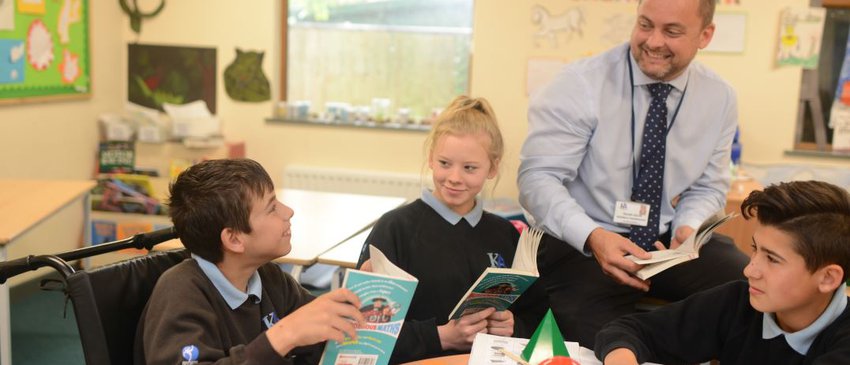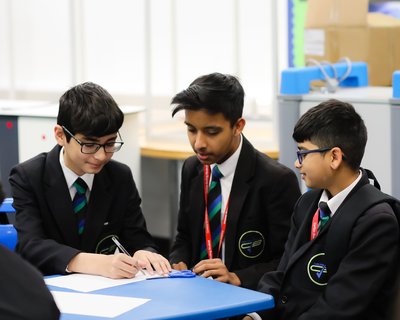Annual Literacy Survey

What is the Annual Literacy Survey?
Now in its sixteenth year, the National Literacy Trust’s Annual Literacy Survey (ALS) explores children and young people’s literacy behaviours, attitudes and enjoyment.
We started asking children and young people aged 5 to 18 about their literacy attitudes, behaviour, and confidence in 2005, and by 2010, the online survey had become an annual occurrence conducted in hundreds of schools and settings across the UK.
Why is the Annual Literacy Survey significant?
Providing a comprehensive literacy survey, the Annual Literacy Survey's findings provide a vital and consistent national measure of children’s literacy, allowing us to track annual trends in reading, writing, speaking and listening.
This data also provides an essential evidence base which underpins our organisation’s strategy and informs all of the National Literacy Trust’s programmatic work, wider research and policy approaches.
Since we started publishing reports on the Annual Literacy Survey, we have seen increasing recognition of the importance of reading for pleasure in policymaking and pedagogy, with regular citation of our findings in government guidance as well as inclusion within inspection frameworks. Our reports also receive attention in the media and help to start national conversations.
With over 15 annual surveys under our belt, and 2025’s survey providing our largest bank of data so far (an incredible 114,970 children and young people aged 5 to 18 took part), we are ready to look ahead to 2026 to discover what the reading, writing, speaking and listening trends and data reveal.
Registration is OPEN for the 2026 Annual Literacy Survey
SIGN UP TODAY
Get in touch
If you have any questions or issues, please email the research team research@literacytrust.org.uk
Make sure you hear about the reports as they come out by signing up to receive our Literacy News newsletter.
Key research findings for 2025
We conducted our latest Annual Literacy Survey between January and March 2024. This survey was our most popular to date, with 114,970 children and young people aged 5 to 18 taking part.
-
Reading in 2025
Just 1 in 3 (32.7%) children and young people aged 8 to 18 said that they enjoy reading in their spare time. This is the lowest level since we first asked the question in 2005.
-
Writing in 2025
Only 1 in 4 (26.6%) children and young people aged 8 to 18 said that they enjoy writing in their free time, the lowest level since 2010.
-
Young people's use of generative AI
2 in 3 (66.5%) young people aged 13 to 18 told us in 2025 that they used generative AI. The most popular uses of AI among young people were to ask questions (61.2%), for help with homework (60.9%) and for entertainment (52.8%).
Key reports
-
This report outlines findings from our 2025 Annual Literacy Survey, when children and young people's reading enjoyment and frequency were at an all-time low.Learn more about Children and young people's reading in 2025.
-
This report builds on our previous research exploring children and young people’s writing engagement, focusing on writing in free time in early 2025.Learn more about Children and young people's writing in 2025.
-
This report builds on our previous research exploring children and young people’s speaking and listening, based on data from our Annual Literacy Survey in early 2025.Learn more about Children and young people's speaking and listening in 2025.
-
These reports share findings on young people and teachers' use of generative AI to support literacy in 2025.Learn more about Young people and teachers’ use of generative AI to support literacy in 2025.
More information about our work in these areas
-
Discover why reading for pleasure is important and what the National Literacy Trust is doing to make sure no child is left behind.Find out about our work around reading for pleasure
-
Writing is more than just a skill - it’s also a powerful tool for thinking, communication, and self-expression.Find out about our work around writing for pleasure
-
Discover why oracy is important and the ways we are supporting children and young people to develop their oracy skills.Learn more
-
We explore the relationship between AI and literacy within an education setting, using findings from our latest research and commentary.Read more on AI and literacy







